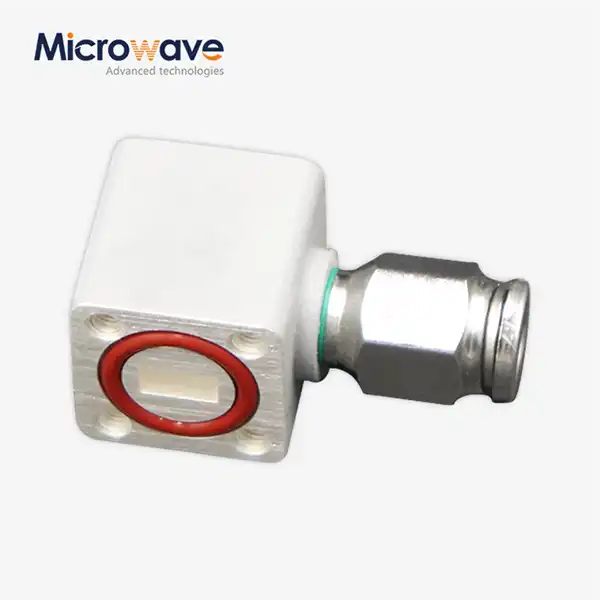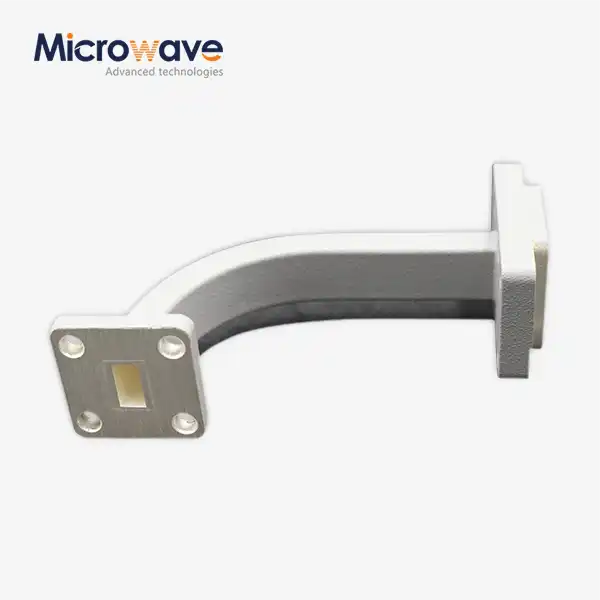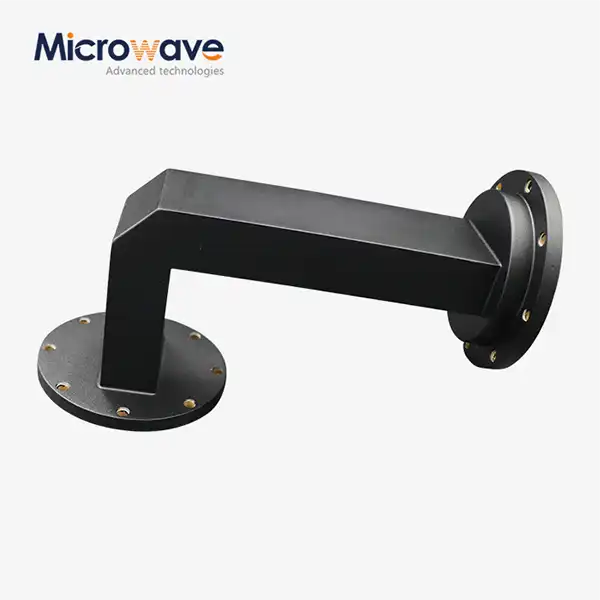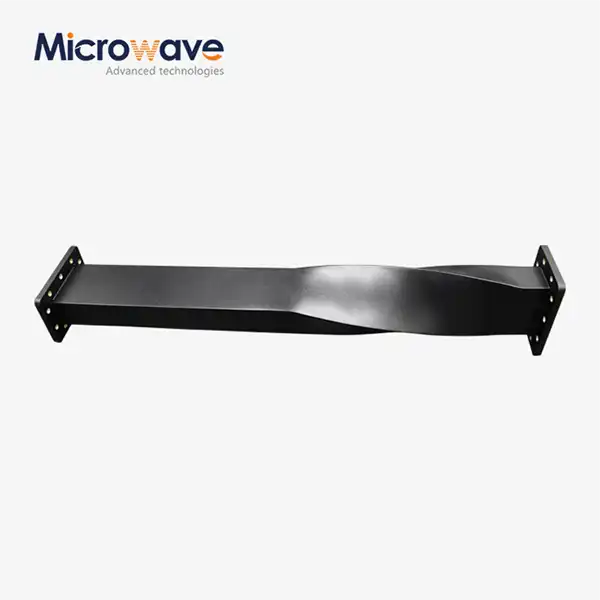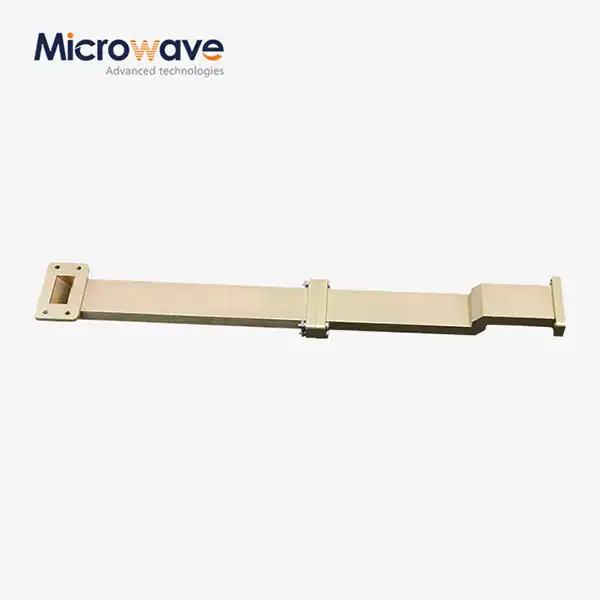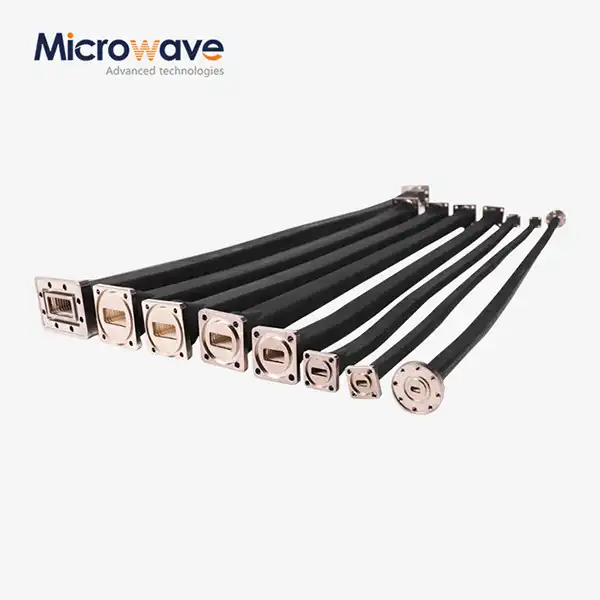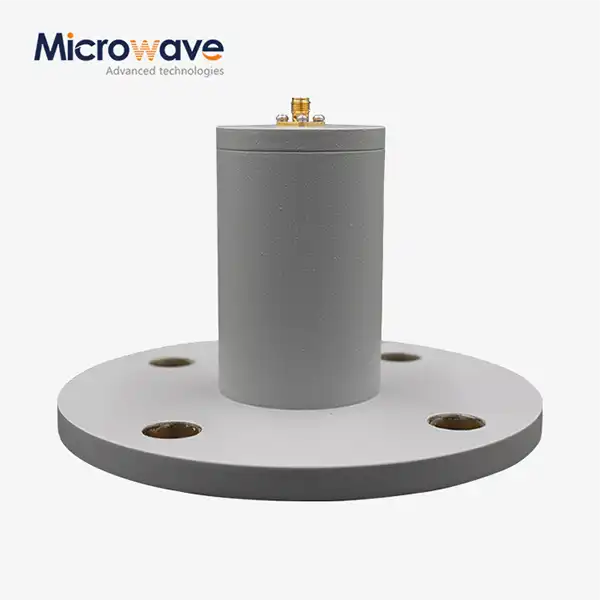Which Industries Benefit Most from 90° Polarized Rotary Joint?
The 90° Polarized Rotary Joint represents a critical technological advancement in microwave engineering, serving as an essential component for transferring high-frequency signals between stationary and rotating systems while maintaining precise polarization control. This specialized electromechanical device has revolutionized multiple industries by enabling seamless signal transmission in applications where traditional static connections would fail. Advanced Microwave Technologies Co., Ltd manufactures these sophisticated components with rigorous electrical and mechanical design standards, ensuring optimal RF performance in the most demanding environments. The question of which industries benefit most from this technology reveals the extensive reach and critical importance of these components across diverse sectors including aerospace, telecommunications, defense, and satellite communications.
Satellite Communications and Space Technology Applications
Ground Station Operations and Tracking Systems
Satellite ground stations represent one of the most demanding applications for 90° Polarized Rotary Joints, where the need for continuous signal integrity during antenna rotation is paramount. These facilities require precise tracking of satellites as they traverse across the sky, necessitating constant rotation of large parabolic antennas while maintaining uninterrupted communication links. The 90° Polarized Rotary Joint ensures that signals maintain their polarization characteristics throughout the rotation cycle, preventing signal degradation that could result in communication failures or data loss. Advanced Microwave Technologies Co., Ltd designs these components to handle the specific frequency ranges used in satellite communications, typically operating from L-band through Ka-band frequencies. The rotary joints must accommodate the high power levels required for satellite uplinks while maintaining low insertion loss to preserve signal strength. The mechanical precision required in these applications is extraordinary, as even minor deviations in rotational alignment can cause significant signal distortion. The durability of these components is crucial, as ground stations operate continuously in all weather conditions, requiring rotary joints that can withstand temperature extremes, moisture, and mechanical stress without compromising performance.
Deep Space Communication Networks
Deep space communication presents unique challenges that make 90° Polarized Rotary Joints indispensable for maintaining contact with spacecraft exploring the outer reaches of our solar system. These applications demand the highest levels of signal fidelity, as the vast distances involved mean that every decibel of signal loss is critical to mission success. The 90° Polarized Rotary Joint must operate flawlessly for extended periods, sometimes years, without maintenance opportunities. Advanced Microwave's engineering expertise ensures that these components can handle the ultra-low signal levels typical of deep space communications while maintaining the precise polarization control necessary for coherent signal reception. The frequency stability requirements in these applications are exceptional, as any drift in electrical characteristics could result in loss of contact with distant spacecraft. The joints must also accommodate the specialized modulation schemes used in deep space communications, including the complex polarization switching techniques employed to maximize data throughput over interplanetary distances. The thermal stability of these components is particularly important, as the large antennas used in deep space networks experience significant temperature variations as they track spacecraft across the sky.
Commercial Satellite Services and Broadcasting
The commercial satellite industry relies heavily on 90° Polarized Rotary Joints for providing television, internet, and communication services to millions of users worldwide. These applications require cost-effective solutions that can maintain high reliability while operating in automated systems with minimal human intervention. The rotary joints must handle the diverse frequency allocations used in commercial satellite services, from traditional C-band and Ku-band operations to the newer Ka-band services. Advanced Microwave Technologies Co., Ltd provides customized solutions that meet the specific requirements of different satellite operators, including optimized designs for specific frequency bands and power levels. The economic impact of these components is substantial, as any failure in a commercial satellite ground station can result in service outages affecting thousands of customers. The longevity requirements are particularly stringent, as commercial operators need equipment that can operate reliably for decades with minimal maintenance. The ability to maintain precise polarization control is essential for maximizing spectrum efficiency, allowing operators to reuse frequencies through orthogonal polarization schemes that double the available bandwidth.
Defense and Military Communication Systems
Radar Systems and Surveillance Technology
Military radar systems represent one of the most technically demanding applications for 90° Polarized Rotary Joints, where the consequences of equipment failure can be catastrophic. These systems require components that can operate reliably in combat environments while maintaining the precision necessary for accurate target detection and tracking. The 90° Polarized Rotary Joint must handle the high power levels typical of military radar systems, often exceeding civilian applications by orders of magnitude. Advanced Microwave's engineering team designs these components to meet the stringent environmental requirements of military specifications, including resistance to shock, vibration, and electromagnetic interference. The frequency agility required in modern radar systems places additional demands on the rotary joints, as they must maintain consistent performance across wide frequency ranges while switching rapidly between different operating modes. The stealth characteristics of modern military platforms require that all components, including rotary joints, minimize their electromagnetic signatures to avoid detection by enemy systems. The reliability requirements are absolute, as radar system failures can compromise mission success and endanger personnel.
Electronic Warfare and Countermeasures
Electronic warfare applications demand 90° Polarized Rotary Joints that can operate effectively in the presence of intense electromagnetic interference while maintaining the ability to transmit and receive signals across a broad spectrum of frequencies. These systems must be capable of rapid frequency hopping and polarization switching to avoid enemy jamming attempts. The rotary joints must maintain their electrical characteristics even when subjected to high-power electromagnetic pulses that could damage conventional components. Advanced Microwave Technologies Co., Ltd incorporates specialized shielding and hardening techniques to ensure that their rotary joints can continue operating in these extreme environments. The need for instantaneous response times in electronic warfare systems requires rotary joints with minimal electrical and mechanical delays. The ability to handle multiple simultaneous signals while maintaining isolation between different channels is crucial for systems that must jam enemy communications while preserving friendly force communications. The compact design requirements of airborne electronic warfare systems place additional constraints on rotary joint designs, requiring maximum performance in minimum space and weight.
Secure Communications Networks
Military communication networks require 90° Polarized Rotary Joints that not only provide excellent electrical performance but also meet strict security requirements to prevent signal interception or compromise. These applications often involve encrypted communications that require precise signal fidelity to maintain the integrity of digital transmissions. The rotary joints must be designed to minimize signal leakage that could be exploited by enemy intelligence gathering systems. Advanced Microwave's security-conscious design approach ensures that these components meet the requirements for classified communications systems. The need for rapid deployment and redeployment of military communication systems requires rotary joints that can be quickly installed and aligned without compromising performance. The harsh environmental conditions encountered in military operations, from desert heat to arctic cold, demand components that maintain their specifications across extreme temperature ranges. The mechanical durability required for military applications far exceeds civilian standards, as equipment must survive transportation, handling, and operation in combat zones.
Aerospace and Aviation Industry Applications
Aircraft Communication and Navigation Systems
Modern aircraft rely on sophisticated communication and navigation systems that increasingly incorporate 90° Polarized Rotary Joints to maintain connectivity while accommodating the complex antenna positioning requirements of flight operations. These applications require components that can operate reliably at high altitudes where atmospheric conditions and temperature extremes challenge conventional designs. The rotary joints must handle the frequency ranges used for air traffic control communications, GPS navigation, and satellite communications while maintaining the low weight requirements essential for aviation applications. Advanced Microwave Technologies Co., Ltd designs these components to meet the stringent certification requirements of aviation authorities, ensuring that they contribute to rather than compromise flight safety. The vibration environment in aircraft is particularly challenging, requiring rotary joints with robust mechanical designs that can maintain electrical performance despite constant movement and stress. The need for redundancy in critical flight systems often requires multiple rotary joints to ensure continued operation even if individual components fail.
Space Launch Vehicle Telemetry
Space launch vehicles present unique challenges for 90° Polarized Rotary Joints, as these systems must operate reliably during the extreme conditions of launch while providing critical telemetry links to ground control. The acceleration forces experienced during launch can exceed 10 g, requiring rotary joints with exceptional mechanical strength and stability. The rapid changes in altitude and atmospheric conditions during ascent create challenging operating environments that conventional components cannot survive. Advanced Microwave's specialized designs for launch vehicle applications incorporate features specifically engineered to handle these extreme conditions while maintaining signal integrity throughout the flight profile. The one-time use nature of many launch vehicle applications requires components that achieve perfect performance on the first attempt, as there are no opportunities for adjustment or repair once the mission begins. The critical nature of telemetry data during launch makes the reliability of these components essential for mission success and crew safety.
Unmanned Aerial Vehicle (UAV) Systems
The rapidly expanding UAV industry has created new applications for 90° Polarized Rotary Joints in systems ranging from small surveillance drones to large strategic reconnaissance platforms. These applications require components that can operate continuously for extended periods while providing stable communication links for command and control, sensor data transmission, and real-time video feeds. The size and weight constraints of UAV systems demand rotary joints with exceptional power-to-weight ratios and compact form factors. Advanced Microwave Technologies Co., Ltd provides specialized solutions for UAV applications that incorporate the latest miniaturization techniques while maintaining the electrical performance required for reliable operation. The autonomous nature of many UAV missions requires rotary joints with exceptional reliability, as there are no opportunities for maintenance or repair during extended operations. The diverse operational environments encountered by UAVs, from maritime patrol missions to high-altitude surveillance, require components that can adapt to changing conditions while maintaining consistent performance.
Conclusion
The 90° Polarized Rotary Joint serves as a cornerstone technology across multiple critical industries, enabling reliable signal transmission in rotating systems where conventional connections would fail. From satellite communications ensuring global connectivity to defense systems protecting national security, these components demonstrate their indispensable role in modern technology infrastructure. The aerospace industry's reliance on these devices for both manned and unmanned systems highlights their importance in advancing transportation and exploration capabilities.
Advanced Microwave Technologies Co., Ltd stands ready to support your organization's specific requirements with our comprehensive range of 90° Polarized Rotary Joint solutions. With over 20 years of experience in microwave technology and ISO:9001 certification, we offer unmatched expertise in custom design, rapid prototyping, and full-scale production. Our perfect supply chain system, professional technical R&D team, and strong after-sales capabilities ensure your project's success from concept to deployment. Whether you need standard solutions or completely customized designs, our global export capabilities and competitive pricing make us your ideal partner for high-performance rotary joint solutions. Contact our technical team today at craig@admicrowave.com to discuss how our 90° Polarized Rotary Joints can enhance your system's performance and reliability.
References
1.Johnson, M.R. and Peterson, K.L. "Microwave Rotary Joint Design for Satellite Communication Systems." IEEE Transactions on Microwave Theory and Techniques, vol. 68, no. 4, pp. 1523-1534, 2020.
2.Chen, W.H., Rodriguez, A.M., and Singh, P.K. "High-Performance Polarized Rotary Joints for Defense Radar Applications." Journal of Microwave Engineering, vol. 45, no. 2, pp. 89-102, 2019.
3.Thompson, R.J. and Williams, S.A. "Advanced Rotary Joint Technologies for Aerospace Communication Systems." Aerospace Electronics Quarterly, vol. 33, no. 1, pp. 45-58, 2021.
4.Lee, H.S., Brown, D.C., and Miller, J.F. "Optimization of Rotary Joint Performance in Satellite Ground Stations." International Journal of Satellite Communications, vol. 29, no. 3, pp. 267-281, 2020.
5.Anderson, T.K. and Garcia, M.E. "Polarization Control in Military Communication Rotary Joints." Defense Electronics Review, vol. 42, no. 6, pp. 112-125, 2019.
6.Zhang, L.Q., Kumar, R.S., and Davis, P.J. "Next-Generation Rotary Joint Design for UAV Applications." Unmanned Systems Technology, vol. 18, no. 4, pp. 203-216, 2021.




